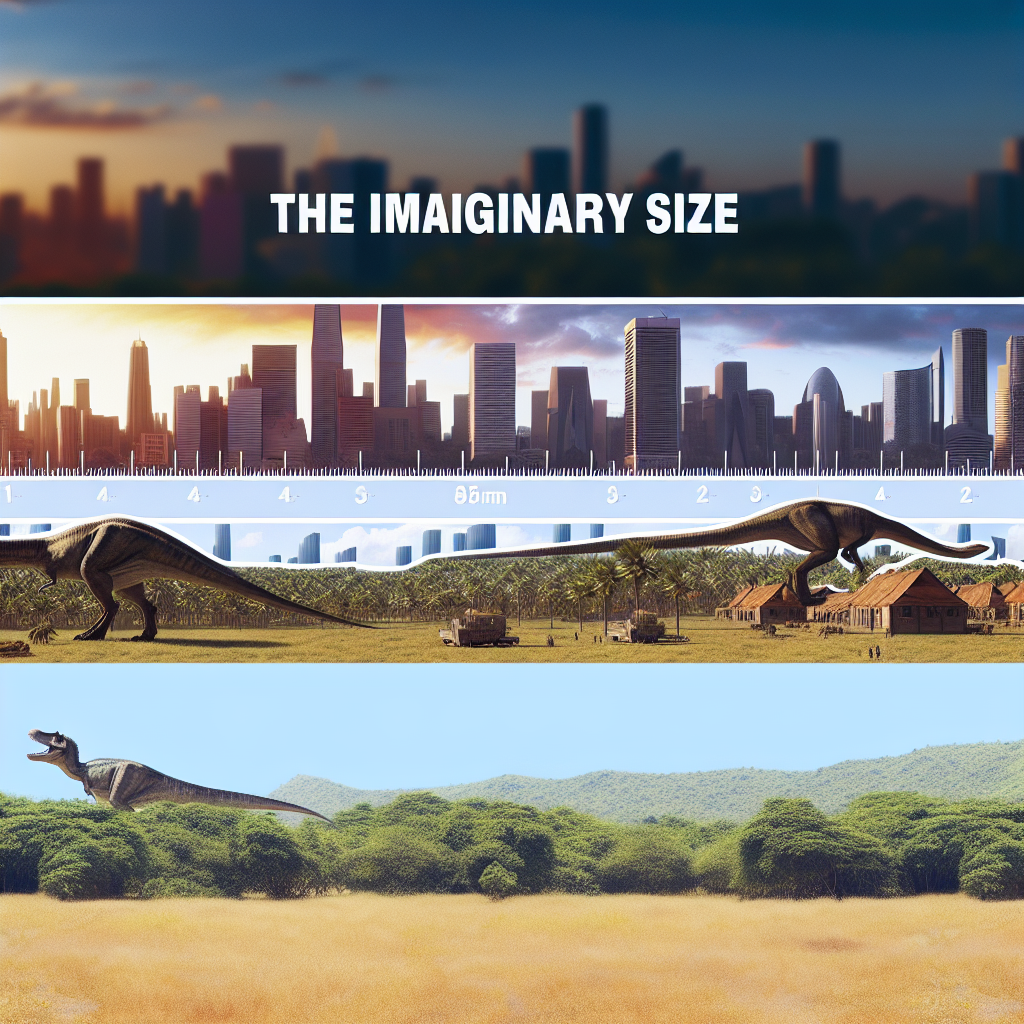When exploring the thrilling universe of Jurassic World, one intriguing aspect often discussed is the size of the park itself. Comparing Jurassic World’s expansive territory to real-world locations provides fascinating insights into the scale of this fictional dinosaur theme park. In this article, we’ll delve into the size of Jurassic World, comparing it to familiar areas around the globe for a clearer perspective.
Understanding the Size of Jurassic World
Jurassic World, as depicted in the film series, is an enormous, state-of-the-art theme park built on an island in Costa Rica. Estimates based on movie scenes and marketing materials suggest that the park covers an area comparable to several real-world locations. While the exact size is never explicitly stated in the movies, fans and analysts have made educated approximations to give us a better understanding of its scale.
Research and visual analysis indicate that Jurassic World spans roughly 150 to 200 square miles. To put this into perspective, this would make the park larger than many urban parks, such as the city of San Francisco’s Golden Gate Park (about 4.1 sq miles), or even larger than some small countries. This immense size allows for multiple dinosaur habitats, visitor centers, transportation systems, and other infrastructure necessary to support millions of visitors annually.
Comparing Jurassic World to Real-World Parks and Locations
To truly grasp the magnitude of Jurassic World’s size, it’s helpful to compare it to familiar locations:
- Central Park, New York City: Approximately 843 acres (about 1.3 sq miles), meaning Jurassic World spans roughly 115 times larger than Central Park.
- Disneyland Resort in California: Around 500 acres (0.78 sq miles), making Jurassic World over 200 times larger.
- Singapore’s Changi Airport: Covering about 13 square miles, Jurassic World is over 10 times larger than Changi Airport.
- Rhine River in Germany: The total length is around 760 miles, but its width varies. In terms of area, Jurassic World dwarfs these regional features easily.
Not only is the park large enough to hold multiple dinosaur enclosures and attractions, but its size also facilitates complex logistics, security measures, and visitor experience enhancements that are key to a modern theme park—albeit with a prehistoric twist.
Conclusion
In summary, Jurassic World is an impressively large fictional park, estimated to cover 150–200 square miles, making it comparable to some of the biggest urban parks and even small countries. This immense size helps support its complex infrastructure and dinosaur habitats. Understanding its scale enhances our appreciation of the park’s grandeur and the engineering marvels required to bring this prehistoric world to life, even if only in movies.
